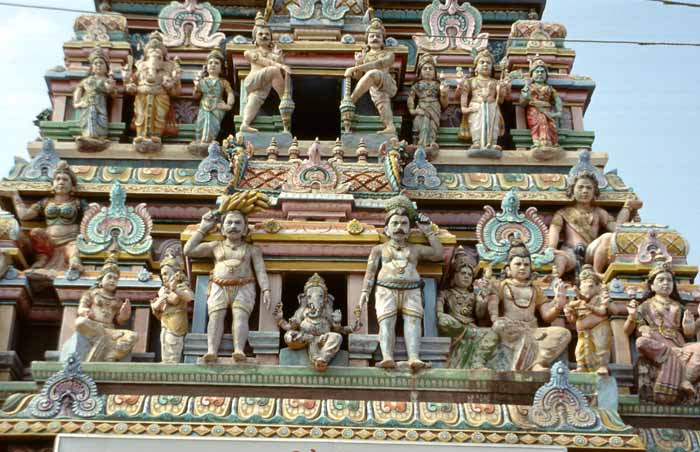India is home of many different religions. Muslims, Sikhs, Christians or Hindus, we all live together in one country, with one government. It is important to understand and respect each other. So WomenNow starts a India’s religions series and presents India’s main religions in the coming weeks. Today we present the largest one, the Hinduism.
Hinduism is the dominant religion, or way of life, of the Indian subcontinent, and consists of many diverse traditions. It includes Shaivism, Vaishnavism and Shaktism among numerous other traditions, and a wide spectrum of laws and prescriptions of “daily morality” based on karma, dharma, and societal norms. Hinduism is a categorisation of distinct intellectual or philosophical points of view, rather than a rigid, common set of beliefs.
Hinduism has been called the “oldest religion” in the world, and some practitioners refer to it as Sanātana Dharma, “the eternal law” or the “eternal way”beyond human origins.It prescribes the “eternal” duties, such as honesty, mercy, purity, self-restraint, among others.
Western scholars regard Hinduism as a fusion or synthesis of various Indian cultures and traditions, with diverse roots and no single founder. This “Hindu synthesis” emerged around the beginning of the Common Era, and co-existed for several centuries with Buddhism, to finally gain the upper hand in most royal circles during the 8th century CE. From northern India this “Hindu synthesis”, and its societal divisions, spread to southern India and parts of Southeast Asia.
Since the 19th century, under the dominance of western colonialism and Indology, when the term “Hinduism” came into broad use, Hinduism has re-asserted itself as a coherent and independent tradition. The popular understanding of Hinduism has been dominated by “Hindu modernism”, in which mysticism and the unity of Hinduism have been emphasised.During 20th century, Hindutva ideology, a part of the Hindu politics emerged as a political force and a source for national identity in India.
Hindu practices include daily rituals such as puja (worship) and recitations, annual festivals, and occasional pilgrimages. Select group of ascetics leave the common world and engage in lifelong ascetic practices to achieve moksha.
Hindu texts are classified into Śruti (“heard”) and Smriti (“remembered”). These texts discuss theology, philosophy, mythology, Vedic yajna and agamic rituals and temple building, among other topics.Major scriptures include the Vedas, Upanishads (both Śruti), Mahabharata, Ramayana, Bhagavad Gita, Puranas, Brahma Sutras,Yoga Vasistha, Yoga Sutras of Patanjali, Manusmṛti, and Agamas (all smriti).
Hinduism, with about one billion followers is the world’s third largest religion, after Christianity and Islam.
Source: wikipedia











